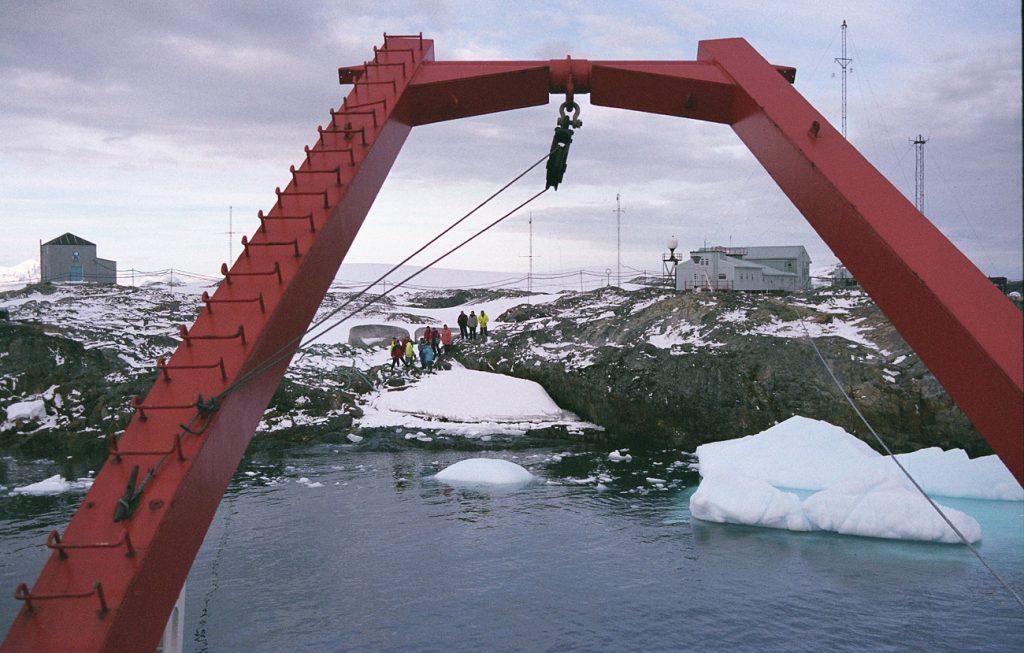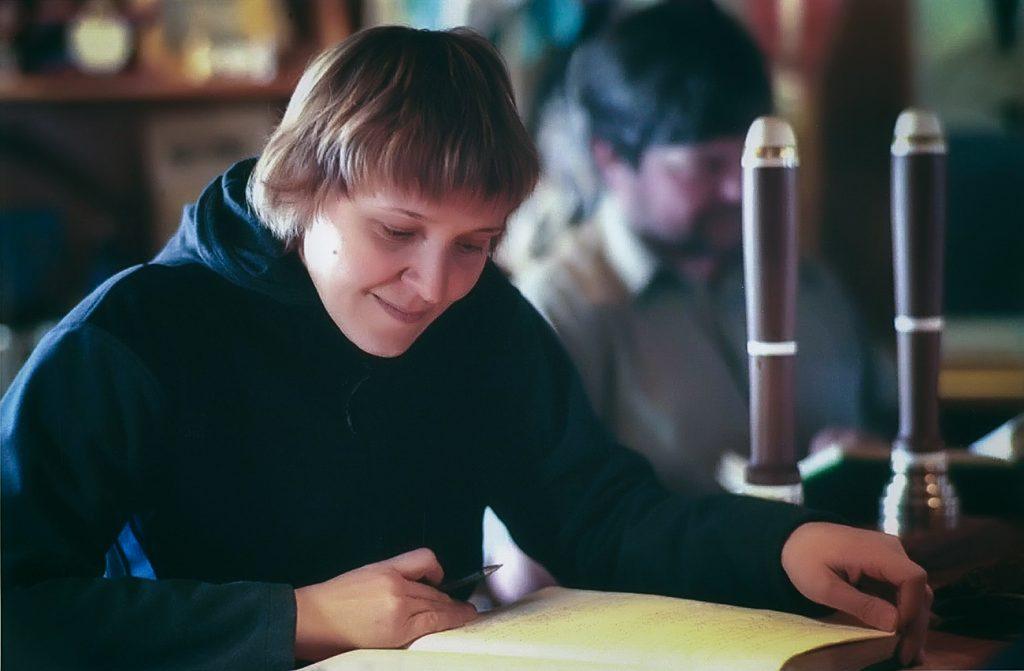


 Serhiy Mykchalchuk and Liss Ross in Antarctica
Serhiy Mykchalchuk and Liss Ross in Antarctica








 SCIENTISTS WITH A CHILIEN SAILOR DANIEL, WHO SAVED OUR LIVES ON A ZODIAC SHIP DURING A STORM IN ANTARCTICA
SCIENTISTS WITH A CHILIEN SAILOR DANIEL, WHO SAVED OUR LIVES ON A ZODIAC SHIP DURING A STORM IN ANTARCTICA DR. RADOMIR ILIC, SLOVENIAN SCIENTIST AND AUTHOR OF THE BOOK “Radon Measurements by Etched Track Detectors”
DR. RADOMIR ILIC, SLOVENIAN SCIENTIST AND AUTHOR OF THE BOOK “Radon Measurements by Etched Track Detectors” OLEG, DIVER FROM DIVING CLUB OF MOSCOW STATE UNIVERSITY RuDIVE
OLEG, DIVER FROM DIVING CLUB OF MOSCOW STATE UNIVERSITY RuDIVE WLADIMIR GRIBANOV, PILOT
WLADIMIR GRIBANOV, PILOT RUSLAN MIGUNOV, PILOT
RUSLAN MIGUNOV, PILOT
















 Liss RossLiss Ross is a film director, visual artist and accomplished explorer. While traveling the whole year long and reaching the farthest corners of the planet, Liss works on capturing stories that inspire people to engage in a personal relationship with nature, and at the same time help to preserve wild habitats. The main themes of her works are the cultural diversity of the planet, landscape and environmental issues.
Liss RossLiss Ross is a film director, visual artist and accomplished explorer. While traveling the whole year long and reaching the farthest corners of the planet, Liss works on capturing stories that inspire people to engage in a personal relationship with nature, and at the same time help to preserve wild habitats. The main themes of her works are the cultural diversity of the planet, landscape and environmental issues. Milana ZilnikMilana is an accomplished pianist, composer and singer-songwriter, who has been a performing and recording artist since her childhood. A strong lyricist and composer in her own right, Milana’s style is reminiscent of Tori Amos, Sarah McLachlan, Michael Nyman, Keith Jarret and Chick Corea. Milana enjoys playing by ear, improvising and using whatever inspires her to create her own style of playing. She is known as an adept improviser, catching melodies on the fly and expanding them into her own creations.
Milana ZilnikMilana is an accomplished pianist, composer and singer-songwriter, who has been a performing and recording artist since her childhood. A strong lyricist and composer in her own right, Milana’s style is reminiscent of Tori Amos, Sarah McLachlan, Michael Nyman, Keith Jarret and Chick Corea. Milana enjoys playing by ear, improvising and using whatever inspires her to create her own style of playing. She is known as an adept improviser, catching melodies on the fly and expanding them into her own creations. Serhiy MykhalchukSerhiy Mykchalchuk is a Ukrainian cinematographer. He graduated in 1994 from the Kyiv Theater Institute of Karpenko-Karyj. In addition to film work, Mykchalchuk has also produced documentaries and television feature films, music videos, and advertising features. His photography is characteristic of rich cinematic aesthetics as well as being deeply meaningful – his works seem to reflect on the place of humans in the world and universe. He received numerous festival awards including the Silver Berlin Bear for Under Electric Clouds at the Berlin International Film Festival and Best Photography award for Lubovnik at the San Sebastian International Film Festival.
Serhiy MykhalchukSerhiy Mykchalchuk is a Ukrainian cinematographer. He graduated in 1994 from the Kyiv Theater Institute of Karpenko-Karyj. In addition to film work, Mykchalchuk has also produced documentaries and television feature films, music videos, and advertising features. His photography is characteristic of rich cinematic aesthetics as well as being deeply meaningful – his works seem to reflect on the place of humans in the world and universe. He received numerous festival awards including the Silver Berlin Bear for Under Electric Clouds at the Berlin International Film Festival and Best Photography award for Lubovnik at the San Sebastian International Film Festival.


Telling remarkable stories about the world through film and photography is what drives us. If you have an idea, we can help you bring it to life and get it in front of the right audience.